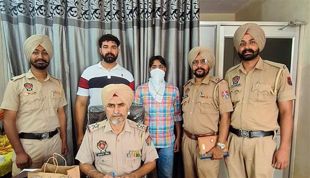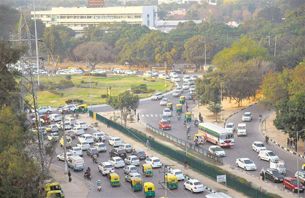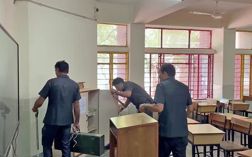
Ajay Banerjee in New Delhi
India may have to widen its options, increase capabilities, add to weapons, equipment and technology needed for a greater scale of operations in scenarios post surgical strikes on Sept 28-29.
Air Marshal Kapil Kak (retd) says: "It was a good operation. However, a pre-emptive strike cannot be an option used every time. We have to develop capabilities that allow greater action on targets deep inside Pakistan".
The daring operation conducted on a pitch-dark moonless night in the early hours on September 29 had the hallmark of a textbook execution: stealth, surprise, high attrition among terrorists and no suffering casualty on our side.
When the five teams of Para Special Forces of the Army finally strapped on their night vision mounted helmets and entered PoK past midnight on September 29, senior military commanders in J&K and in Delhi were tense. Army phones and the exclusive restricted access (RAX) phones were buzzing through the night. The Military operations (MO) room on the first floor of the South Block was watching over the operations, so were senior commanders in Northern Command at Udhampur and in Army's Divisional headquarters at Poonch, Baramulla and Kupwara.
Cross LoC strikes have been conducted in the past - eight strikes in the past 15 years. But this one was vastly different. There were five teams aiming at six targets and in arc of 250 km. The possibility of them encountering Pakistan Army was very high. The teams were to dodge the Pak Army and aim to hit the terror camps.
The terrain in each location was different, the entry and exist routes of each Indian team was different. The weather condition in Poonch is different from the one in north of Kupwara where night temperatures are already in single digits, and approaches are tougher through jungles. The 'H-hour' — the specific time at which an operation begins — was met and the strike finally occurred around 3 am on September 29.
Backing the troops was high-end technology. The Indian Space Research Organisation (ISRO) not only provides real-time imagery to the Northern Army command, it also used very high resolution imagery to create terrain maps of the territory the troops would traverse. The terrain maps are needed to see natural obstacles like rivulets, mountain slopes, gaps and foliage in the jungle.



























